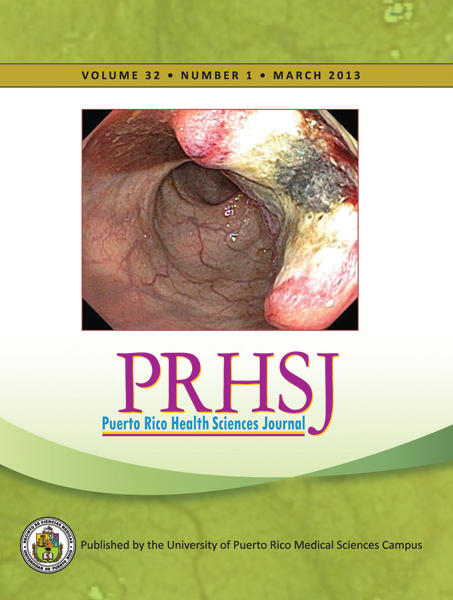Abstract
Objective: Determine the socio-demographic and educational characteristics of and develop a profile of practice for Pediatric Dentists (PDs) in Puerto Rico. Methods: A 34-item questionnaire assessing 3 dimensions: socio-demographic and education, practice profile, and level of satisfaction/desire to relocate, was developed and pre-tested for comprehensiveness, validity, and reliability. Data were collected through telephone interviews by a calibrated interviewer, entered and tabulated using Excel® (Microsoft Office 2010) and exported to SPSS v. 17 (SPSS Inc., Chicago, IL). Descriptive statistical analyses were conducted. Results: Eighty percent (80%) of all of the licensed PDs in PR participated in our study. The typical PD in PR has been in practice for 19 years, is 48 years old, and spends 31 hours/week providing clinical care. Female PDs, who comprise 70% of the PD workforce, devote more time to clinical and managerial activities than do their male counterparts. Seventy-three percent (73%) of the current PD workforce will be retiring within the next 20 years and 70% are solo-practitioners. Most PDs (65%) participate in the government-subsidized dental insurance program “Mi Salud,” which represents as much as 48% of their income. PDs beginning or ending their careers were more likely to be participating providers for “Mi Salud” than were those in mid-career. Conclusion: In evaluating the adequacy of the pediatric dentistry workforce in Puerto Rico, the socio-demographic information of the PDs and the characteristics of their practices must be taken into account. These variables must be examined in relation to epidemiological indicators as well as environmental factors, including the comprehensiveness of dental benefits and the adequacy of reimbursement levels by third-party payers, which when inadequate may lead to decreased access to care.
Authors who publish with this journal agree to the following terms:
a. Authors retain copyright and grant the journal right of first publication with the work simultaneously licensed under a Creative Commons Attribution License that allows others to share the work with an acknowledgement of the work's authorship and initial publication in this journal.
b. Authors are able to enter into separate, additional contractual arrangements for the non-exclusive distribution of the journal's published version of the work (e.g., post it to an institutional repository or publish it in a book), with an acknowledgement of its initial publication in this journal.
c. Authors are permitted and encouraged to post their work online (e.g., in institutional repositories or on their website) prior to and during the submission process, as it can lead to productive exchanges, as well as earlier and greater citation of published work (See The Effect of Open Access).
